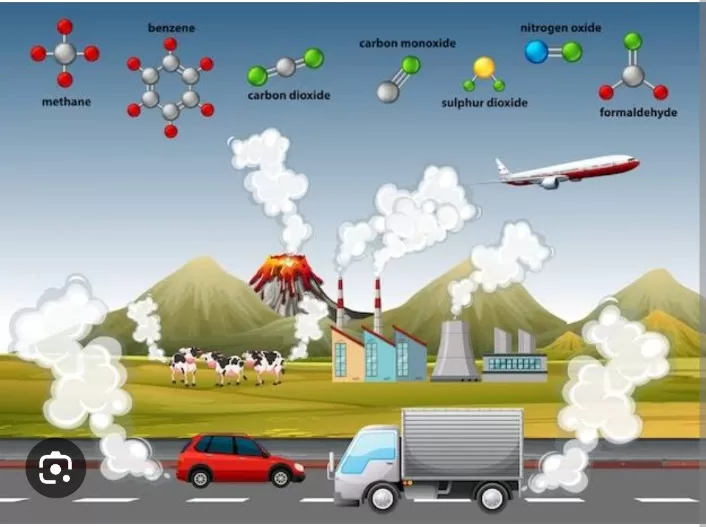In a progressive move, Bihar has embraced advanced technology to address its air pollution challenges, employing compact solar-powered devices, each slightly larger than a standard cellphone, across 510 block development offices in the state.
These innovative devices, equipped with small solar panels, focus on monitoring particulate matter levels in the air. This initiative aims to provide Bihar with an unprecedented amount of data on air pollution, especially during the upcoming winter months.
Air quality is a significant concern in Bihar, with some cities like Darbhanga and Bettiah recording a high number of ‘severe’ air quality days, as per Central Pollution Control Board (CPCB) bulletins. For instance, Darbhanga experienced 27 ‘severe’ air days between November 1 and January 31 last winter, surpassing Delhi’s count of eight during the same period.
Interestingly, Darbhanga and Bettiah have just one continuous ambient air quality monitoring station each, operated by the Bihar Pollution Control Board, according to CPCB records.
Despite being 63 times larger than Delhi in terms of land area, Bihar boasts only 35 continuous ambient air quality monitoring stations, fewer than the 40 found in Delhi. To address this disparity, Bihar has embarked on a collaborative project with IIT Kanpur, the governments of Bihar and Uttar Pradesh, to install 840 sensors in both states. The deployment in Bihar has recently been completed, with Uttar Pradesh following suit, where 20 sensors have already been installed.
Sachchida Nand Tripathi, a Professor at IIT Kanpur and Steering Committee member of the National Clean Air Programme (NCAP), explains that the goal is to establish one sensor in each block. He highlights the importance of this data in effective air quality management and policy evaluation. Tripathi emphasizes that a substantial volume of high-quality data is essential for sustained air quality improvement.
While these sensors focus solely on particulate matter, as opposed to government monitors that measure gaseous pollutants, they come at a lower cost. However, maintaining accuracy is crucial. Tripathi outlines the steps taken to minimize errors, including comparative testing with government monitors and rigorous data analysis.
Tripathi acknowledges that these sensors may not be as precise as government monitors but highlights their cost-effectiveness. For the cost of one government monitor for particulate matter, including maintenance for a year, 25 of these sensors can be deployed.
Bihar Pollution Control Board Chairman D K Shukla underscores the significance of this initiative, emphasizing that it can enhance predictions of pollution levels and aid in pollution control efforts. By collecting data from every block, authorities can better identify areas that require intensified efforts to combat air pollution.
This pioneering project represents a significant step forward in addressing air pollution challenges in Bihar and sets an example for other regions grappling with similar concerns.




